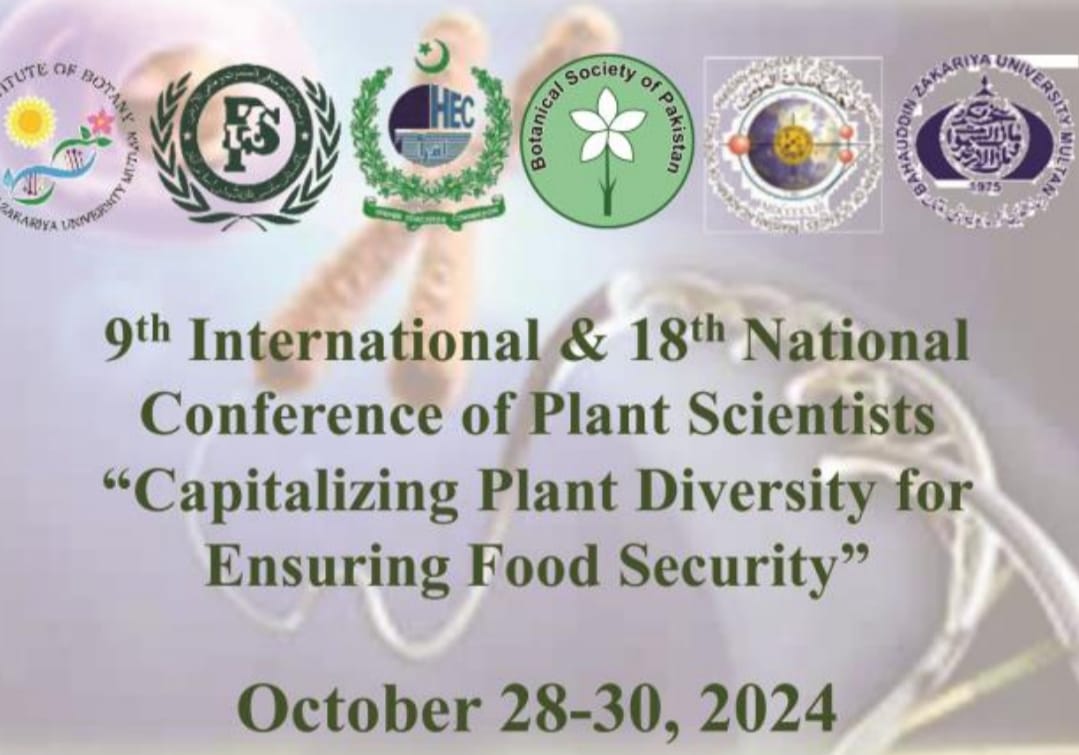
PJB-2009-135
SEASONAL GROWTH, RADIATION INTERCEPTION, ITS CONVERSION EFFICIENCY AND BIOMASS PRODUCTION OF ORYZA SATIVA L. UNDER DIVERSE AGRO-ENVIRONMENTS IN PAKISTAN
A. AHMAD1, S. IQBAL1, S. AHMAD2*, T. KHALIQ1, W. NASIM1, Z. HUSNAIN2, A. HUSSAIN1, M. ZIA-UL-HAQ2 AND G. HOOGENBOOM3
Abstract
The effects of major agronomic practices on growth and above-ground dry biomass production have been studied individually or in combinations of two, but not studied collectively and deeply. This research was carried out to study the effects of transplanting dates, and split nitrogen application on (I) growth (Leaf area index; LAI, crop growth rate; CGR, leaf area duration; LAD, mean net assimilation rate; NAR), (II) intercepted photosynthetically radiation (IPAR) & radiation use efficiency (RUE) and (III) above-ground total dry matter (ATDM) production of two fine rice cultivars under diverse agro-environmental conditions. Field trials were conducted in 2004 and 2005 in kallar tract (conventional rice zone) of Pakistan. The results revealed that early transplanting (1st week of July) enhanced LAI over late transplanting (3rd week of July) significantly throughout the growth period. Peak LAI values were reached at 75 DAT in all the treatments. Similarly, early transplanting significantly enhanced cumulative IPAR (R2 = 94.4–97.9%). Seasonal differences in ATDM production were mainly associated with the amount of IPAR and to a lesser degree on its efficiency of conversion. RUE for ATDM varied from 1.18 g MJ-1 to 1.94 g MJ-1 IPAR at different locations of conventional rice belt of Pakistan.
To Cite this article:


